DNVN - A group of scientists has discovered the origin of an asteroid the size of a bus that has been hovering at the edge of Earth's orbit for the past two months.
According to the Daily Mail (UK), this asteroid is called 2024 PT5 and is dubbed the temporary "second moon" of Earth thanks to its size and prolonged presence close to our planet.
Astronomers have found that 2024 PT5 has been orbiting Earth for some time now. They hypothesize that the asteroid could be a piece of lunar debris, created during a massive impact that left craters on the Moon's surface.
The dominant view of the Moon's origin is known as the “giant impact hypothesis,” which explains that the Moon formed from a large piece orbiting the Earth.
According to this hypothesis, about 4 billion years ago, our planet collided with a celestial body about the size of Mars. The collision ejected material from Earth into space, and those fragments gradually condensed to form the Moon.
If the above hypotheses, together with the analysis of the origin of asteroid 2024 PT5, are confirmed, it could confirm that the Moon is indeed the “parent” of this asteroid, and the Earth is the “grandparent”.
The “second moon” began to move away from Earth's orbit on November 25 after being pulled out into space by the Sun's gravity.
“There is a lot of evidence that this asteroid could have come from the Moon,” said Professor Carlos de la Fuente Marcos, lead author of the study from the Complutense University of Madrid.
“Current research indicates that 2024 PT5 rotates rapidly with a period of less than 1 hour, which would be expected if 2024 PT5 were a large rock from the lunar surface or a fragment from a larger object,” he commented.
The asteroid was first discovered in August and was captured by Earth's gravity in September. 2024 PT5 comes from the Arjuna asteroid belt, a collection of asteroids that orbit the Sun at an average distance of 150 million kilometers, in an orbit similar to Earth's.
“Some objects in the Arjuna asteroid belt could approach Earth at close range, only about 4.5 million kilometers, at relatively low speeds of less than 3,540 kilometers per hour,” Carlos de la Fuente Marcos told Space.com.
According to NASA, 2024 PT5 never actually entered our planet's orbit, so the asteroid isn't technically considered a real moon, but it's still an "interesting object" worth studying.
Professor Carlos de la Fuente Marcos added that to be recognized as a mini-moon, the asteroid must come within 4.5 million kilometers of Earth at a relatively slow speed of about 3,540 kilometers per hour.
In two months of orbiting Earth in a horseshoe-shaped orbit, 2024 PT5 has given astronomers enough time to study it.
It is expected that in January 2025, 2024 PT5 will approach Earth again at a distance of only 1.7 million km, before leaving orbit and not returning until 2055.
“I wouldn’t be really sad to see 2024 PT5 go away,” said Professor Carlos de la Fuente Marcos. “Moonlets come and go as they please. I’m just waiting for the next one. That wait won’t be long. The next one could be in the next few months. The ongoing Near Earth Object surveys are now sensitive enough to pick up these objects on a regular basis.”
Ganoderma (t/h)
Source: https://doanhnghiepvn.vn/cong-nghe/he-lo-su-that-ve-mat-trang-thu-hai-tam-thoi-cua-trai-dat/20241127091748918


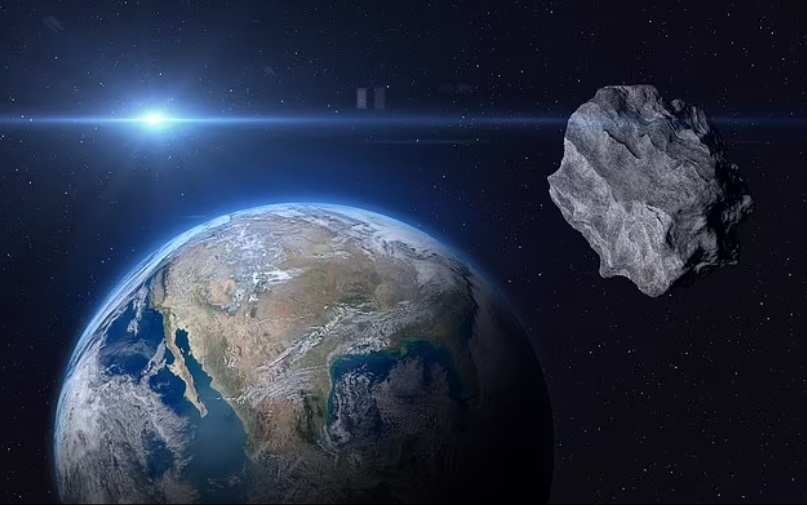

![[Photo] General Secretary To Lam receives President of the Senate of the Czech Republic Milos Vystrcil](/_next/image?url=https%3A%2F%2Fvphoto.vietnam.vn%2Fthumb%2F1200x675%2Fvietnam%2Fresource%2FIMAGE%2F2025%2F11%2F21%2F1763723946294_ndo_br_1-8401-jpg.webp&w=3840&q=75)
![[Photo] President Luong Cuong receives Speaker of the Korean National Assembly Woo Won Shik](/_next/image?url=https%3A%2F%2Fvphoto.vietnam.vn%2Fthumb%2F1200x675%2Fvietnam%2Fresource%2FIMAGE%2F2025%2F11%2F21%2F1763720046458_ndo_br_1-jpg.webp&w=3840&q=75)
![[Photo] Visit Hung Yen to admire the "wooden masterpiece" pagoda in the heart of the Northern Delta](/_next/image?url=https%3A%2F%2Fvphoto.vietnam.vn%2Fthumb%2F1200x675%2Fvietnam%2Fresource%2FIMAGE%2F2025%2F11%2F21%2F1763716446000_a1-bnd-8471-1769-jpg.webp&w=3840&q=75)

![[Photo] National Assembly Chairman Tran Thanh Man holds talks with President of the Senate of the Czech Republic Milos Vystrcil](/_next/image?url=https%3A%2F%2Fvphoto.vietnam.vn%2Fthumb%2F1200x675%2Fvietnam%2Fresource%2FIMAGE%2F2025%2F11%2F21%2F1763715853195_ndo_br_bnd-6440-jpg.webp&w=3840&q=75)
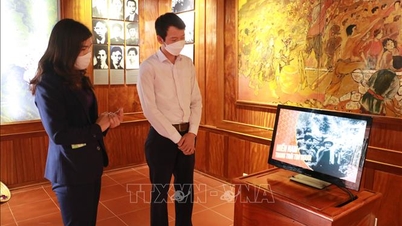





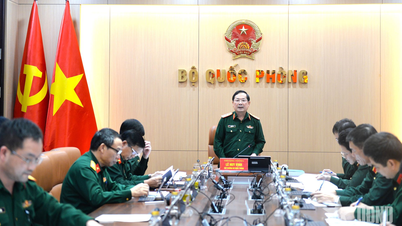


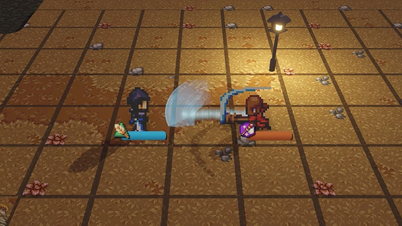







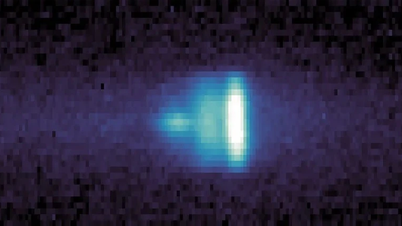





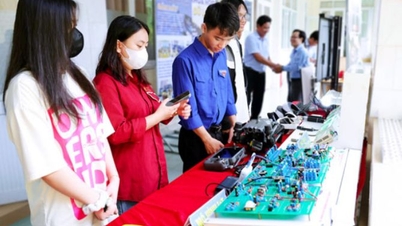
























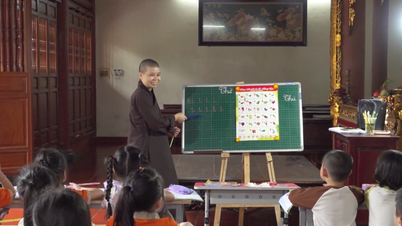
























































Comment (0)